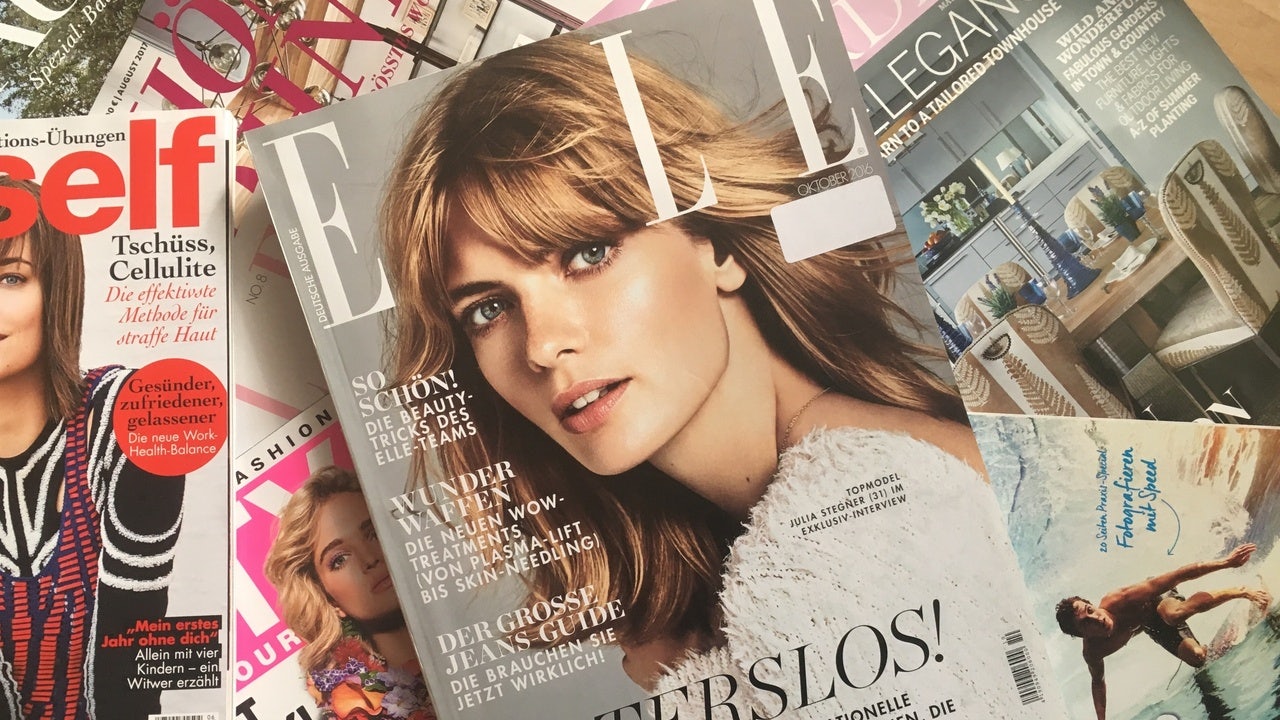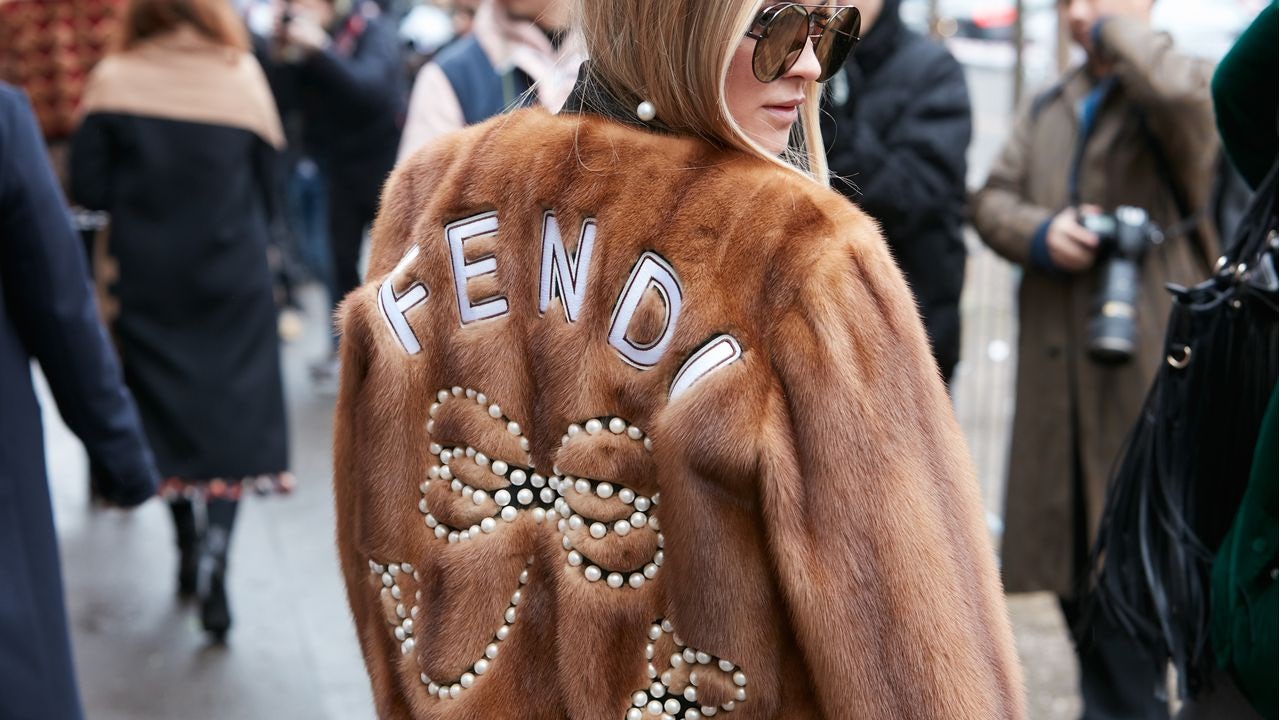What happened
ELLE magazine has pledged to remove animal fur from its printed pages, websites, and social media. A new charter bans the depiction of animal fur in editorials, runway, press, or street style images, as well as in online and printed advertisements. All ELLE editions around the world have signed-up, including China where it will be effective as of January 1, 2023. Operating to the Fur Free Alliance’s definition of fur, the pioneering roll out was signed in collaboration with the Humane Society of the United States, Humane Society International, and Creatives for Change.
The Jing Take
The outbreak of the pandemic has had a role to play in accelerating a decline in the demand for fur, and China’s billion-dollar industry is no exception. From January to September 2020, Chinese consumer statistics show that the export of actual numbers of fur garments fell by 41.8 percent to a total number of 2,270,000. Up until August 2020, China had a total of 44,562 companies trading in fur and of that number, 772 have closed — likely hampered by complications with imports, exports and logistics, travel restrictions, and an overall easing of orders from overseas markets.
Yet, while local media outlets report that China's fur industry, known as “soft gold,” has been on a downturn since well before that, these numbers illustrate China's role at the forefront of the material’s production and consumption. Even so, in light of recent events and shifting global tastes, it is feasible that Chinese consumers may eventually, in time, turn their backs on fur. Younger generations will take more market share and, on the whole, are showing a shift away from fur. Furthermore, a recent report has found that 87 percent of Gen Z in China may spend more on a brand that supports an issue they care about, illustrating the goodwill afforded companies that take ethical stances.
ELLE China’s pledge is considerable and the start of the erosion of fur’s visibility in Chinese society. It sends a direct message to the company’s 13.5 million Weibo followers, and readers too. For now, the future of the fur trade rests in China's acceptance, which begs the question: Will other domestic leaders follow suit?
The Jing Take reports on a piece of the leading news and presents our editorial team’s analysis of the key implications for the luxury industry. In the recurring column, we analyze everything from product drops and mergers to heated debate sprouting on Chinese social media.

